5 Best API documentation tools developer may need!
API documentation tools are software applications designed to generate documentation for APIs (Application Programming Interfaces) automatically. These tools typically extract metadata and source code from the API and use it to generate user-friendly documentation that describes the API's features, endpoints, parameters, and response formats.
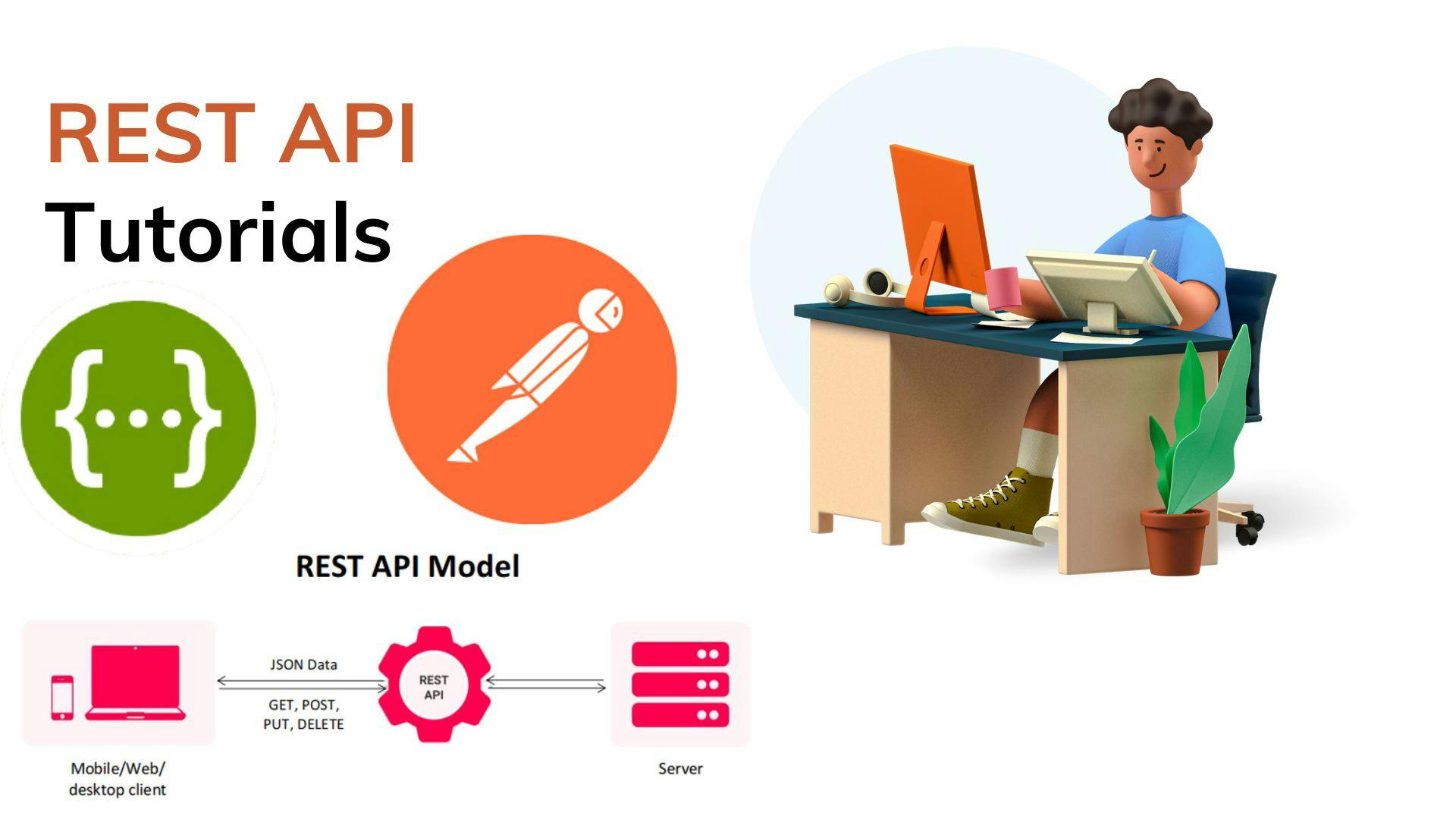
Introduction:
API documentation tools are essential for developers and software engineers who use APIs. They help developers understand how to use an API properly, by providing comprehensive and up-to-date documentation that explains the functionality, purpose, and usage of the API. This documentation can be particularly important for developers who are new to an API, as it can help them to get up to speed quickly and start using the API effectively.
API documentation tools can also help improve the user experience for API consumers by providing clear and concise information about how to use the API, what to expect from different endpoints, and how to handle errors and exceptions.
Overall, API documentation tools are critical for ensuring that developers and API consumers can work with APIs effectively, saving time and reducing errors while improving the quality of software products that rely on them.
There are so many tools out there for API documentation. This article aims to highlight some of the best API documentation tools.
Why do we need API documentation tools
To help developers understand how to use an API properly: API documentation provides comprehensive and up-to-date information about the API's features, endpoints, parameters, and response formats, which can help developers get up to speed quickly and start using the API effectively.
To improve the user experience for API consumers: Clear and concise documentation can help API consumers understand how to use the API, what to expect from different endpoints, and how to handle errors and exceptions, leading to a better overall user experience.
To ensure consistency and accuracy across different teams: Documentation generated by API documentation tools can help ensure that different teams are using the API consistently and accurately, reducing errors and improving the quality of software products that rely on the API.
To save time and resources: Writing documentation manually can be time-consuming and resource-intensive. API documentation tools can automate the process of generating documentation, saving time and resources for developers and API providers.
To meet industry standards and comply with regulations: Many industries and regulatory bodies require APIs to be documented in a certain way. API documentation tools can help ensure that APIs meet these requirements and comply with industry standards and regulations.
In general, these tools make it easier for writers to create organized documentation. They also make it easier for developers, product owners, and other team members to use APIs effectively.
API documentation tools
Swagger
Postman
Readme
Stoplight
Redocly
Swagger:
Swagger is an open-source software framework that provides a set of tools for designing, building, documenting, and consuming RESTful web services. It includes tools for generating API documentation, client SDKs (Software Development Kits), and server stubs for a variety of programming languages.
Swagger provides a simple and intuitive user interface that allows developers to design and document APIs using a YAML or JSON format. The Swagger Editor allows developers to write and test API specifications, while the Swagger UI provides an interactive documentation interface for APIs.
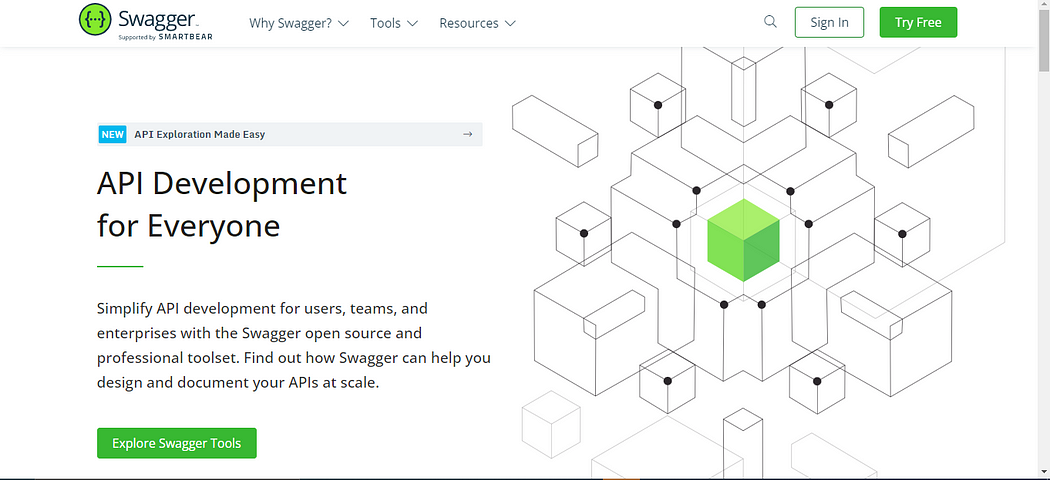
Swagger also includes code generation tools that can generate client SDKs and server stubs for a variety of programming languages, including Java, Python, Ruby, and PHP. This can save developers time and effort when building APIs, as they do not need to write as much boilerplate code.
Swagger has become a popular tool for API documentation and has been adopted by many companies and organizations. It is widely used in the development of microservices, as it provides a standardized way to design and document RESTful web services.
Postman:
Postman is a popular API development tool that allows developers to design, test, and document APIs. It provides a user-friendly interface for building and testing APIs, as well as powerful tools for generating documentation and monitoring API performance.
Postman supports a variety of HTTP request types, including GET, POST, PUT, and DELETE, and allows developers to define custom headers and parameters. It also includes a robust testing framework that allows developers to write and run automated tests for their APIs, ensuring that they are functioning correctly.
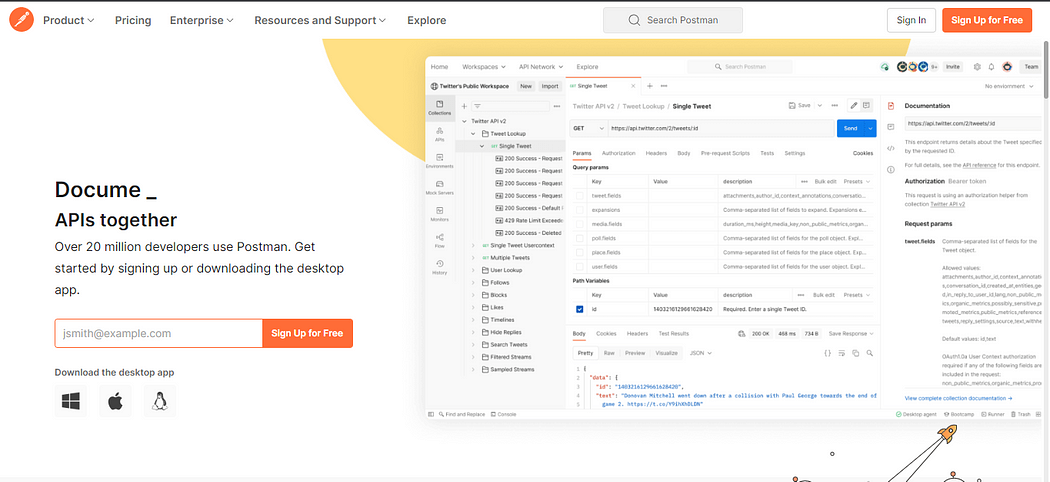
Postman also includes features for generating API documentation, making it easy for developers to share their APIs with others. It can generate documentation in a variety of formats, including HTML, Markdown, and PDF, and can be customized with branding and styling to match an organization's branding guidelines.
Postman also includes tools for monitoring API performance, including response time and error rates. This allows developers to identify and address performance issues before they impact users.
Overall, Postman is a versatile tool that can help developers streamline the API development process, from design and testing to documentation and monitoring. It is widely used in the software development industry and has become an essential tool for many API developers.
Readme:
Readme is a documentation platform that offers API documentation tools for developers. Its API documentation tool allows developers to create, host, and update API documentation easily and quickly.
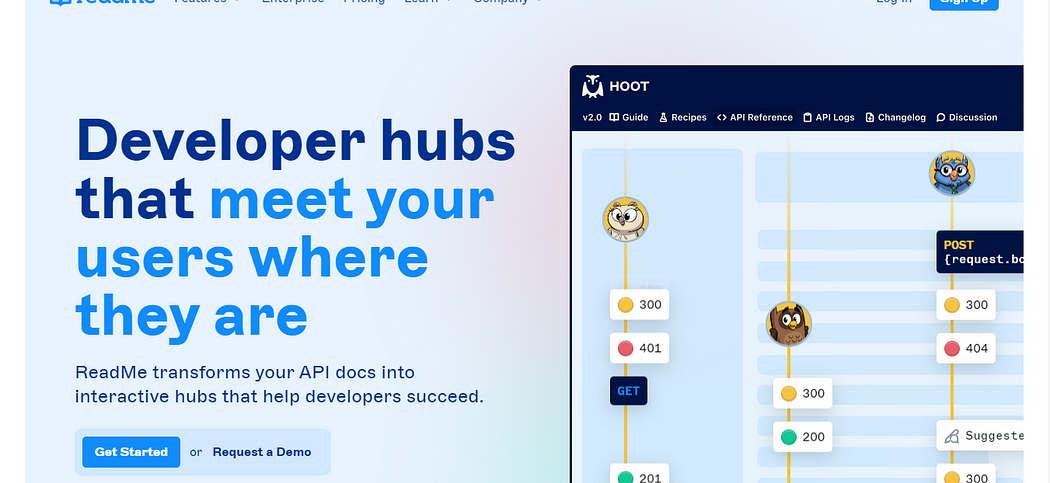
With Readme's API documentation tool, developers can easily add endpoints, parameters, response codes, and other relevant information about their API. They can also customize the documentation with their own branding and styling, making it easier for users to understand and interact with their API.
One of the standout features of Readme's API documentation tool is its interactive API console, which allows developers to test API endpoints directly from the documentation. This can help developers to quickly and easily validate their API endpoints and ensure that they are functioning as expected.
Readme also offers many integrations with popular tools and services, such as GitHub, Slack, and Stripe, allowing developers to automate tasks and streamline their workflow.
Overall, Readme's API documentation tool can help developers to create comprehensive and user-friendly documentation for their APIs, while also providing powerful tools for testing and monitoring API performance.
Stoplight:
Stoplight is a modern API design, documentation, and testing platform that enables developers to design, document, and test APIs more efficiently. Stoplight's suite of tools includes a visual API designer, a documentation tool, a mocking server, and automated testing capabilities.
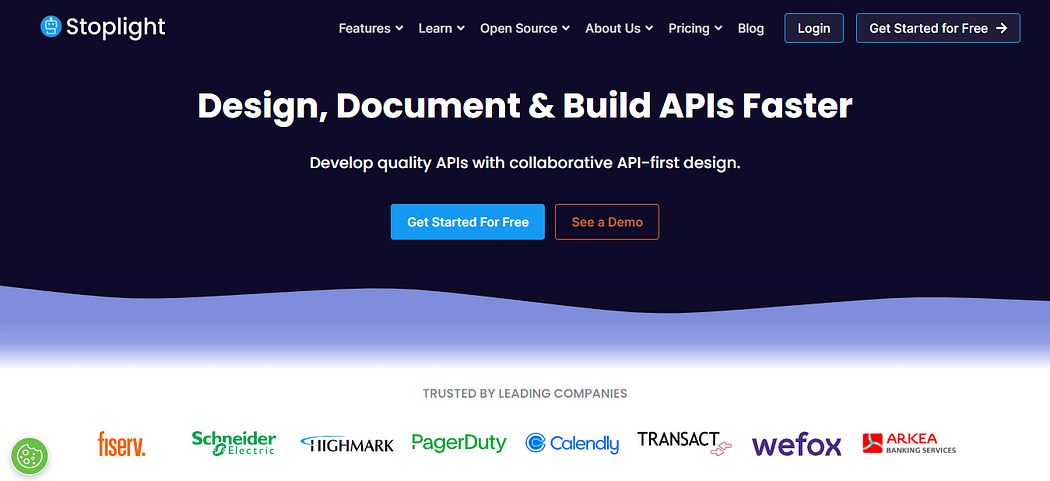
Stoplight's visual API designer allows developers to design APIs using a simple and intuitive drag-and-drop interface. Developers can easily create endpoints, specify request and response schemas, and add custom validations and security requirements.
Stoplight's documentation tool allows developers to create comprehensive and user-friendly documentation for their APIs. The documentation can be customized with branding and styling, and can be generated in a variety of formats, including HTML and PDF.
Stoplight's mocking server allows developers to simulate API responses and test their APIs without needing a backend server. This can save developers time and resources, as they can test their APIs early in the development process, before a backend server is available.
Stoplight also includes automated testing capabilities that allow developers to write and run tests for their APIs. These tests can be run on demand or as part of a continuous integration (CI) process, ensuring that the API remains functional and performs as expected.
Redocly:
Redocly is an API documentation platform that offers a suite of tools for designing, documenting, and testing APIs. It aims to simplify the API documentation process and ensure that API documentation is always up-to-date and accurate.
Redocly's API design tool, Spectral, allows developers to design APIs with a focus on quality and consistency. Spectral uses a customizable rule set to identify and report issues with API design, helping developers to create well-designed, consistent APIs.
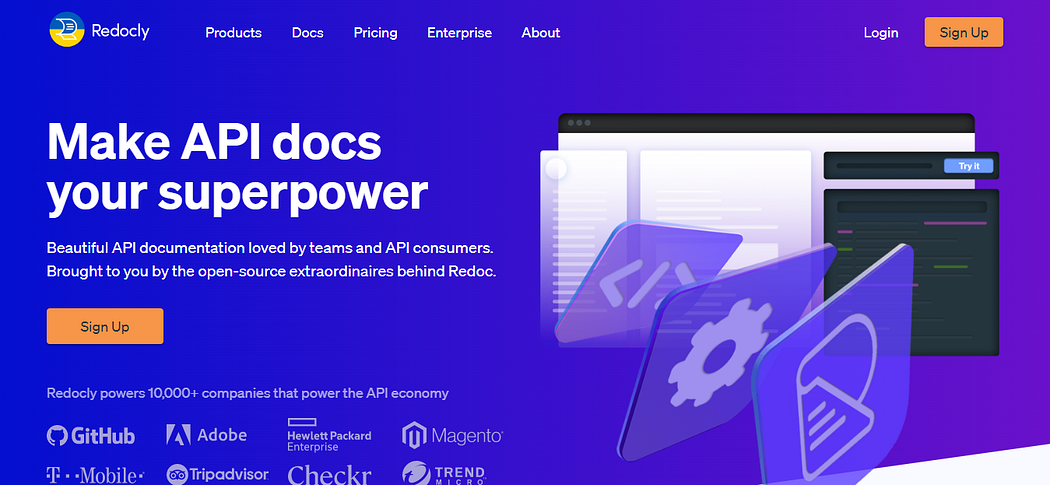
Redocly's API documentation tool, Redoc, allows developers to create and customize documentation for their APIs. Redoc provides a clean, user-friendly interface for browsing and testing APIs, and can be customized with branding and styling to match an organization's brand guidelines.
Redocly also includes automated testing capabilities that allow developers to write and run tests for their APIs. These tests can be run on demand or as part of a continuous integration (CI) process, ensuring that the API remains functional and performs as expected.
Factors to consider in the quest for API documentation tools:
When searching for an API documentation tool, there are several factors to consider. Here are some important ones to keep in mind:
Ease of use: The tool should be easy to use, with a user-friendly interface that allows developers to quickly and easily design, document, and test their APIs.
Customization: The tool should allow developers to customize their API documentation to match their organization's branding and styling, and should allow them to add custom validations and security requirements.
Collaboration: The tool should support collaboration among team members, allowing them to share documentation, test results, and feedback easily.
Integration: The tool should integrate with other tools and services that developers use, such as code repositories, testing frameworks, and deployment platforms.
Documentation output: The tool should generate high-quality documentation in a format that is easily accessible and understandable for developers and other stakeholders.
API testing: The tool should allow developers to test their APIs simply and efficiently, with features such as automated testing, mock servers, and performance testing.
Security: The tool should provide security features, such as access control and API key management, to ensure that the API is secure and accessible only to authorized users.
Support and community: The tool should have good support and an active community, with resources such as documentation, forums, and tutorials available to help developers get started and troubleshoot any issues that may arise.
Considering these factors can help developers choose the right API documentation tool for their needs, ensuring that they can design, document, and test their APIs efficiently and effectively.
Conclusion:
API documentation tools are essential for developers who want to design, document, test, and deploy their APIs efficiently and effectively. Swagger, Postman, Readme, Stoplight, and Redocly are all popular and powerful API documentation tools that can help developers streamline the API development process.
These tools offer a range of features, including API design, documentation, testing, and security, as well as integrations with other tools and services. They can help developers to create user-friendly documentation, test their APIs, and ensure that their APIs are secure and accessible only to authorized users.
Overall, API documentation tools can save developers time and resources by automating repetitive tasks, improving collaboration, and ensuring that API documentation is always up-to-date and accurate. They are an essential part of the API development process and can help developers create high-quality APIs that meet the needs of their users.
I hope this helps, you!!
More such articles:
https://www.youtube.com/channel/UCiTaHm1AYqMS4F4L9zyO7qA
\==========================**=========================
If this article adds any value to you then please clap and comment.
Let’s connect on Stackoverflow, LinkedIn, & Twitter.
